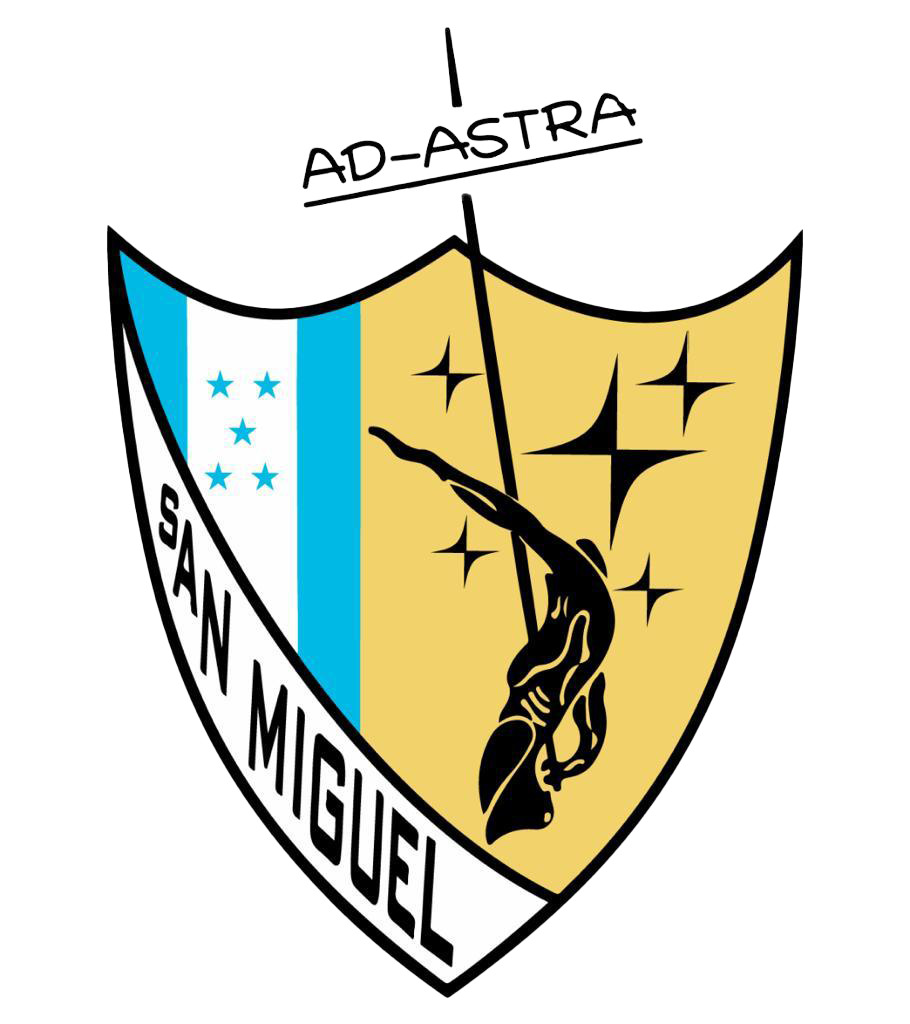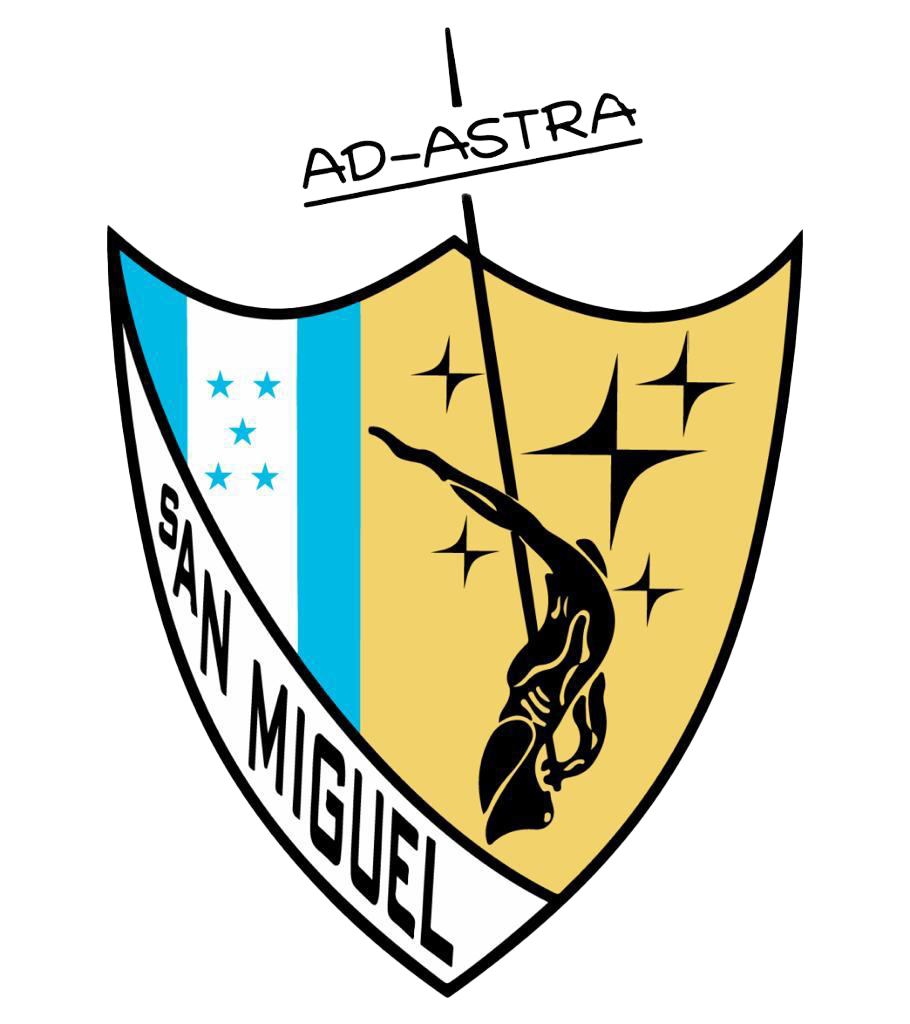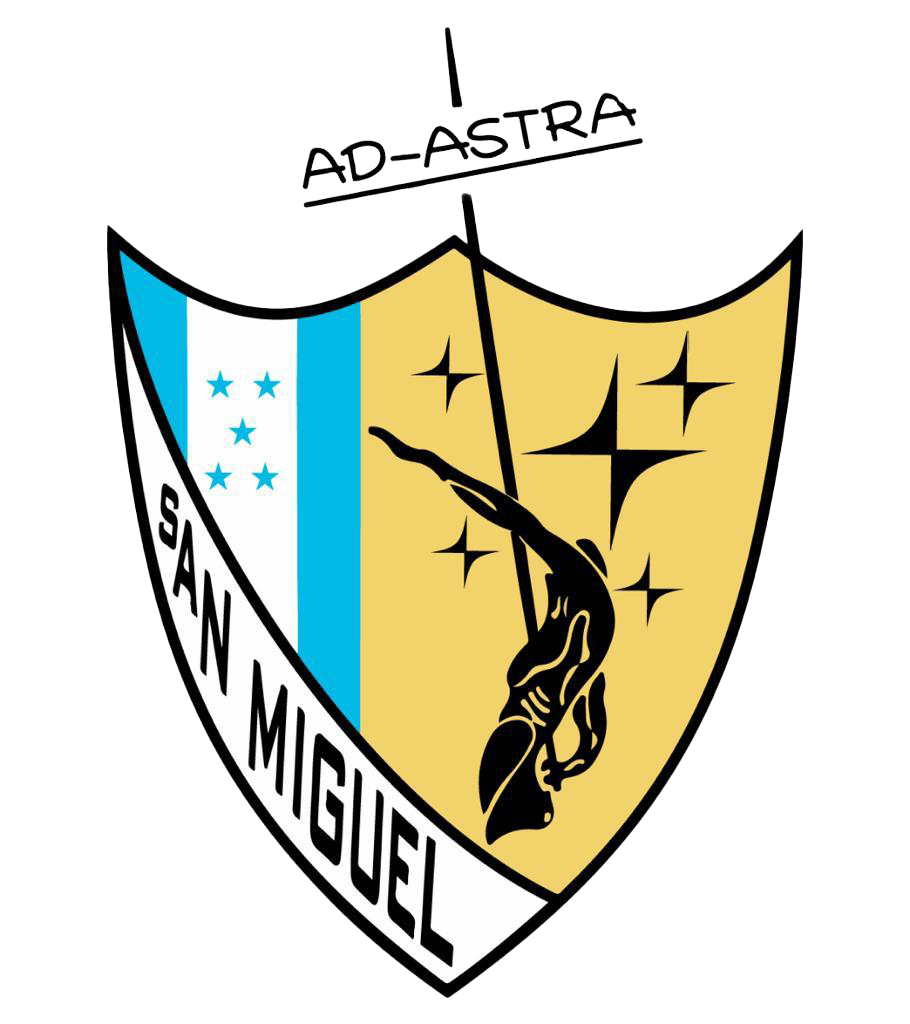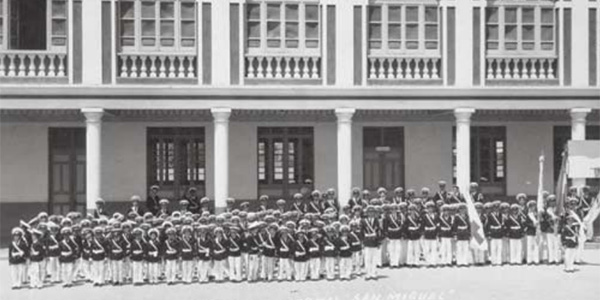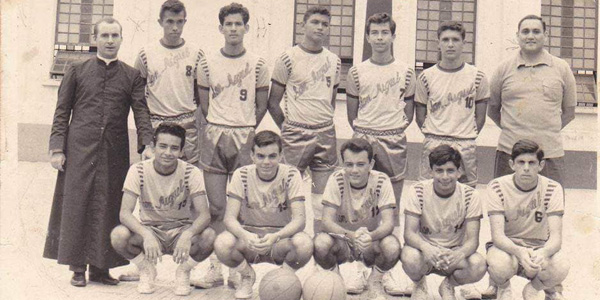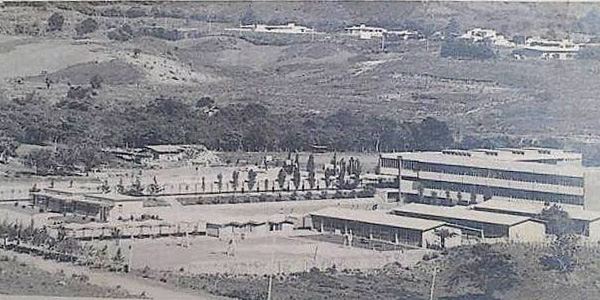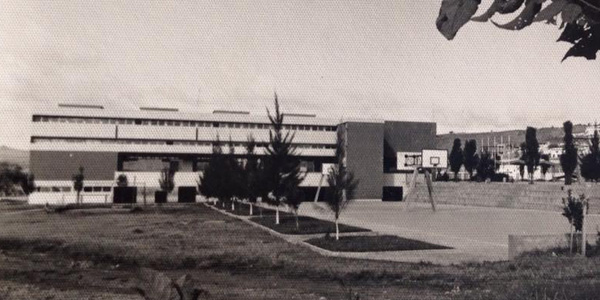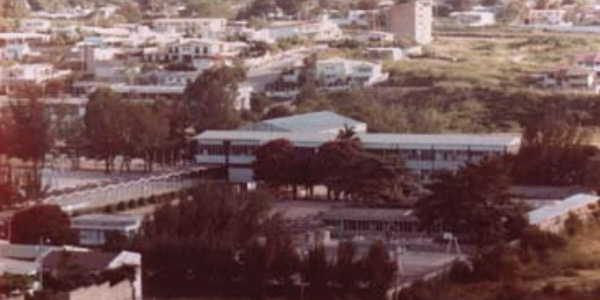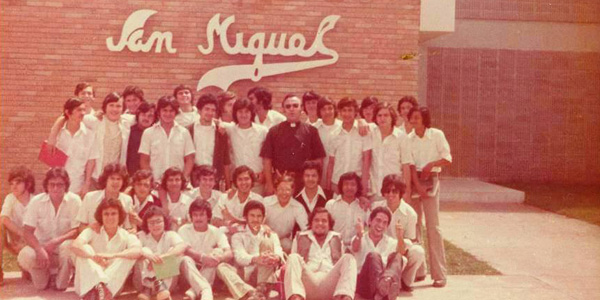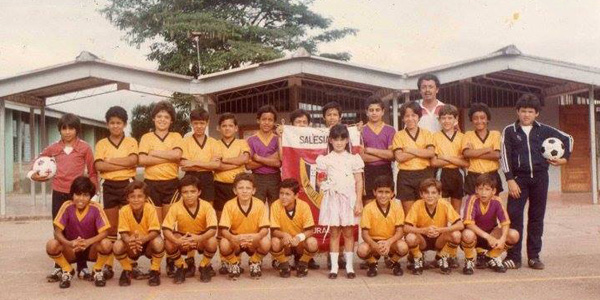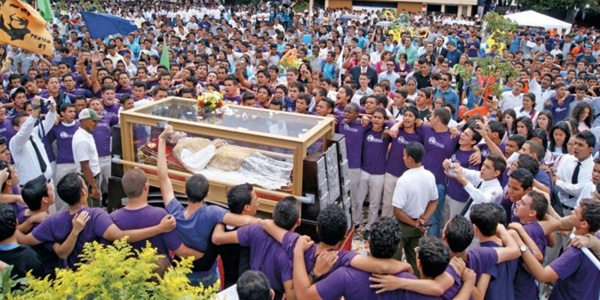The Salesian presence in Honduras began at the end of the 19th century, specifically in 1887 with the concern of the Bishop of Comayagua, Mons. Francisco Vélez who made San Juan Bosco so that the Salesians could take charge of the diocesan seminary and a youth promotion work in Comayagua. Due to the death of the saint, Beato Miguel Rúa, his first successor responded negatively to the request, due to the shortage of personnel. In 1903 the political governor of Comayagua, Mr. Francisco Cáceres and Mons. José María Martínez y Cabañas, Bishop of Comayagua and then first metropolitan archbishop of Tegucigalpa, asked Fr. José Misieri, superior of the Salesians in Central America, to found a Salesian house in Honduras. Finally, in February 1905 the initiators of the work of Comayagua: Father Hugo Wrobel, Lord José Zepeda, Lord José Miglia and Brother Esteban Tosini came. Beginning a festive oratory and a small training center in arts and crafts. However, in 1907, due to the political instability prevailing in Honduras, the Salesian work of Comayagua was closed.
In 1909, with the visit of Central American holly Internuncio, Cardinal Giovanni Cagliero, the Salesian interest to establish in the Republic of Honduras was renewed. Cardinal Cagliero brilliantly and acutely conducts the promotion of the foundation of a college of higher education in Honduras.
Thus, the foundation of the Instituto Salesiano San Miguel dates back to 1911 in Comayagüela, thanks to the successful efforts of the distinguished Salesian Cardinal Giovanni Cagliero, Fr. Pío Baldiserotto, Fr. José Dini, Fr. José Dini, Fr. Rubén de Jesús Aráusz and Mr. Carlos Sugliani.
The Salesian work begins in a house rented to Don Santos Soto, where 103 children attend the first four grades of primary school; the following year, in the same place, a school of Arts and Crafts that trained young apprentices in shoe making and carpentry was opened. It will be until 1926, under the direction of Fr. José Miglia, that the secondary school will begin to operate.
The year 1930 marks the beginning of a new era in the history of the Institute. The efforts accumulated for years and years by several dynamic Salesians, especially by Fr. Joseph Miglia, began to bear fruit.
Since that time, under the direction of Fr. Francisco Martinelli when the Institute began to operate in its own building, and at the end of that year, the prestigious “Instituto Normal San Miguel” as it was known in those days, gives Honduran society his first baccalaureates promotion.
The first great epoch of San Miguel begins, which extends from 1930 to 1968. The great Salesians of this period are: Father José Miglia, Father José Misieri, Father José Dini, Father Rubén de Jesús Arauz, Father Mario Morera, Father Laureano Ruíz, Father Hugo Wrobel, Father Eustacio Sánchez, Father Guillermo Chavarría, Father José María Pacheco, Father Aldo Moro, Monsignor José de la Cruz Turcios y Barahona, Monsignor Héctor Enrique Santos, Cardinal Óscar Andrés Rodríguez, Father José Loucel, Father Carlos Paniagua, Father Alfonso Evertsz, among others.
Forty years later, the Instituto Salesiano San Miguel moved to Col. Payaquí, the primary school moved in 1969 and the secondary school in 1970. The second great epoch of San Miguel begins. Two modern buildings of classrooms, laboratories, sports and educational facilities are built, and a majestic and beautiful Temple. The great Salesians of this period are: Father Aldo Turco, Father Isidro González, Father Félix Serrano, Father Agustín Vásquez, Father Guerrino Giacomel, Father Carlos Paniagua, Father José Loucel, Monsignor Luis Alfonso Santos, Monsignor Óscar Julio Vián Morales, Father Roberto Paíz, Father Carlos Chiu, Father Pachniseco, among others.
In 2010, the Urn with the Relic of San Juan Bosco visits Central America.
In 2011, the centenary of the Salesian presence in Honduras is celebrated with joy.
